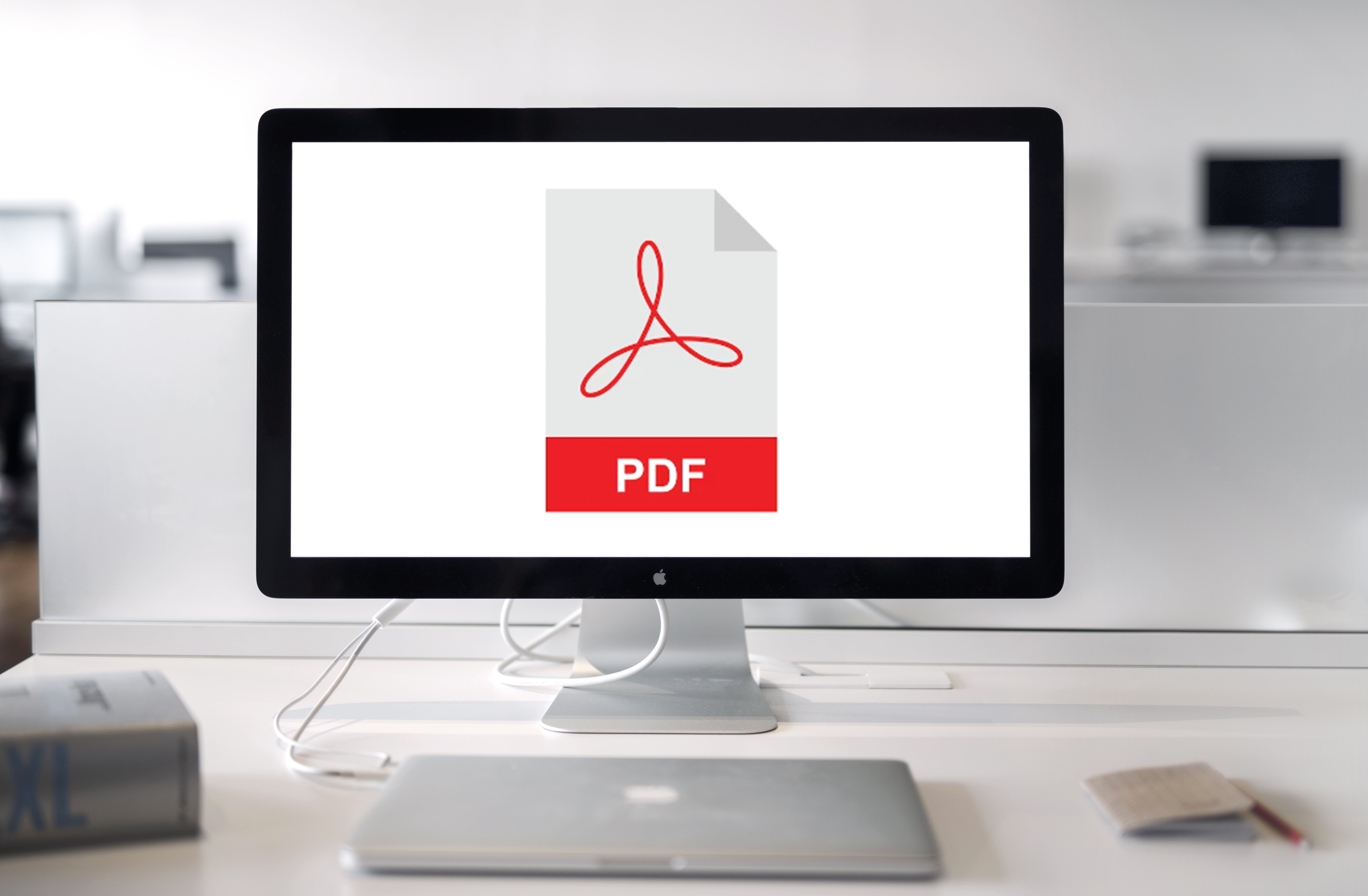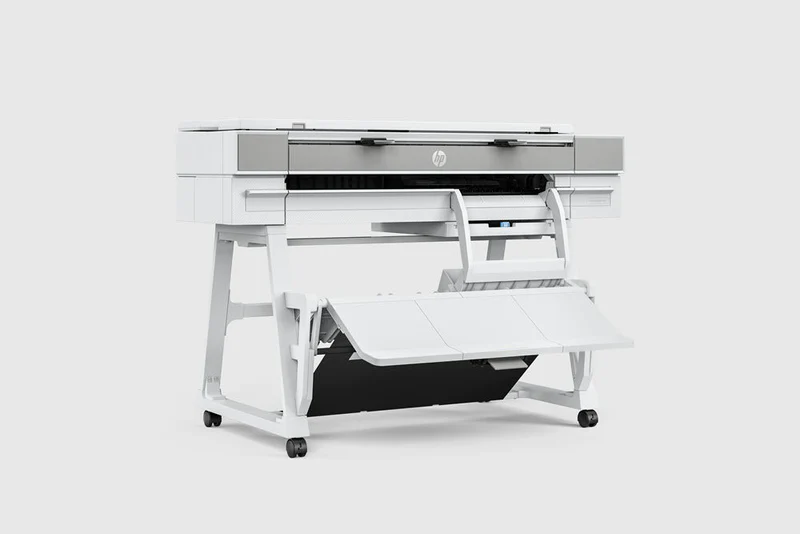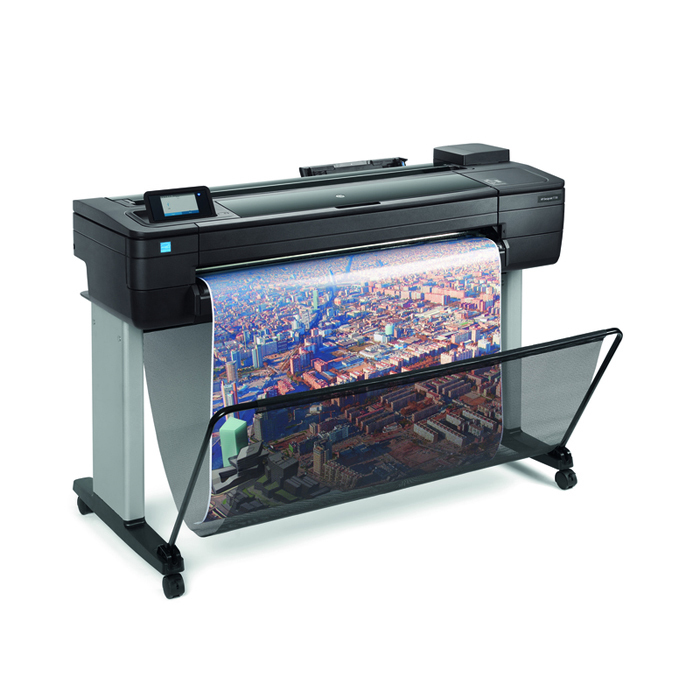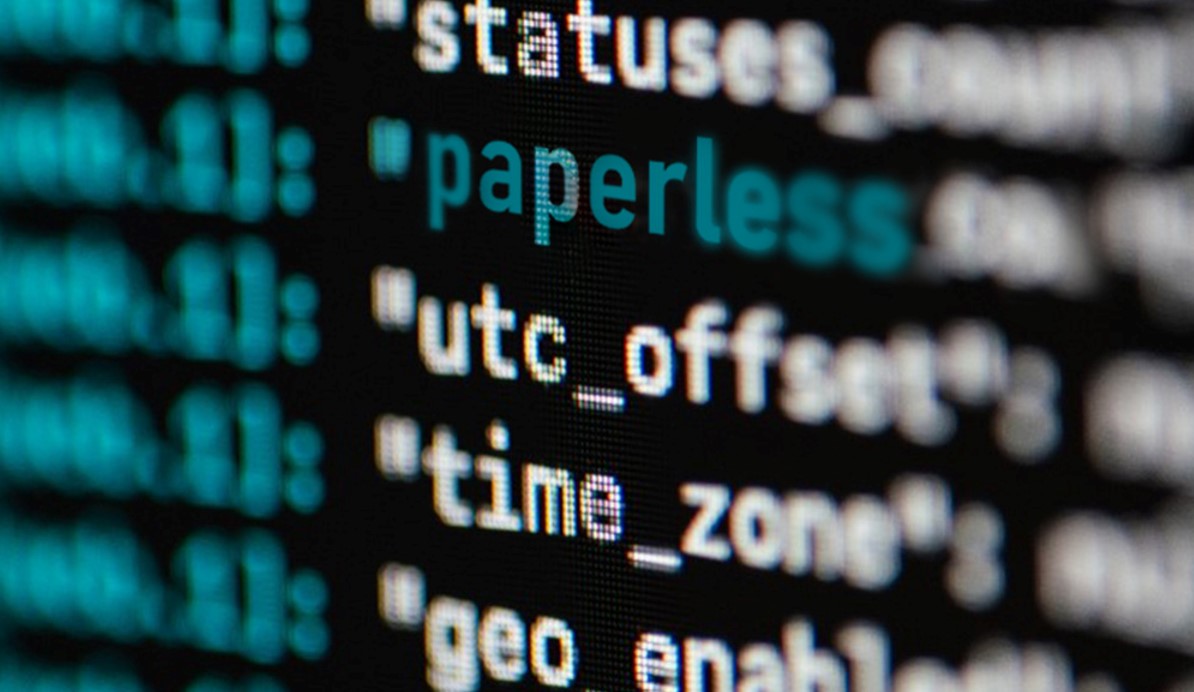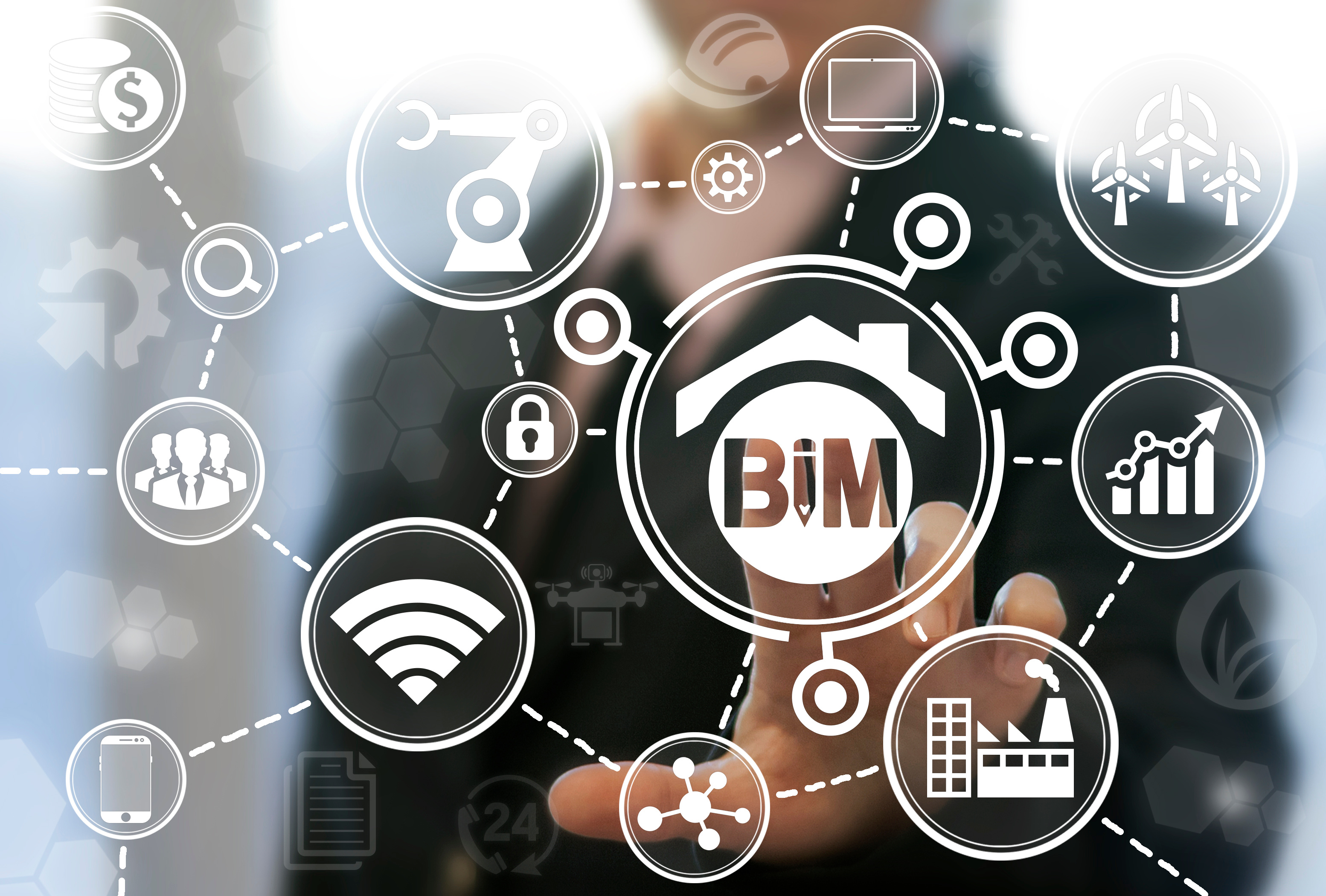The Perils of Legacy File Formats
I had a conversation with a customer earlier this week around the topic of file types and more specifically, legacy file formats.
The de facto native file format in the engineering design industry is HPGL/2, and the standard for platform-independent raster file interchange is most commonly PDF and less commonly TIFF. PDF is the only file format that is constantly in development and supported both backwards and forwards by Adobe.
When we speak of standards through the lens of file formats, "standards" mean generally accepted and best industry practices using tools that are current and supported.

